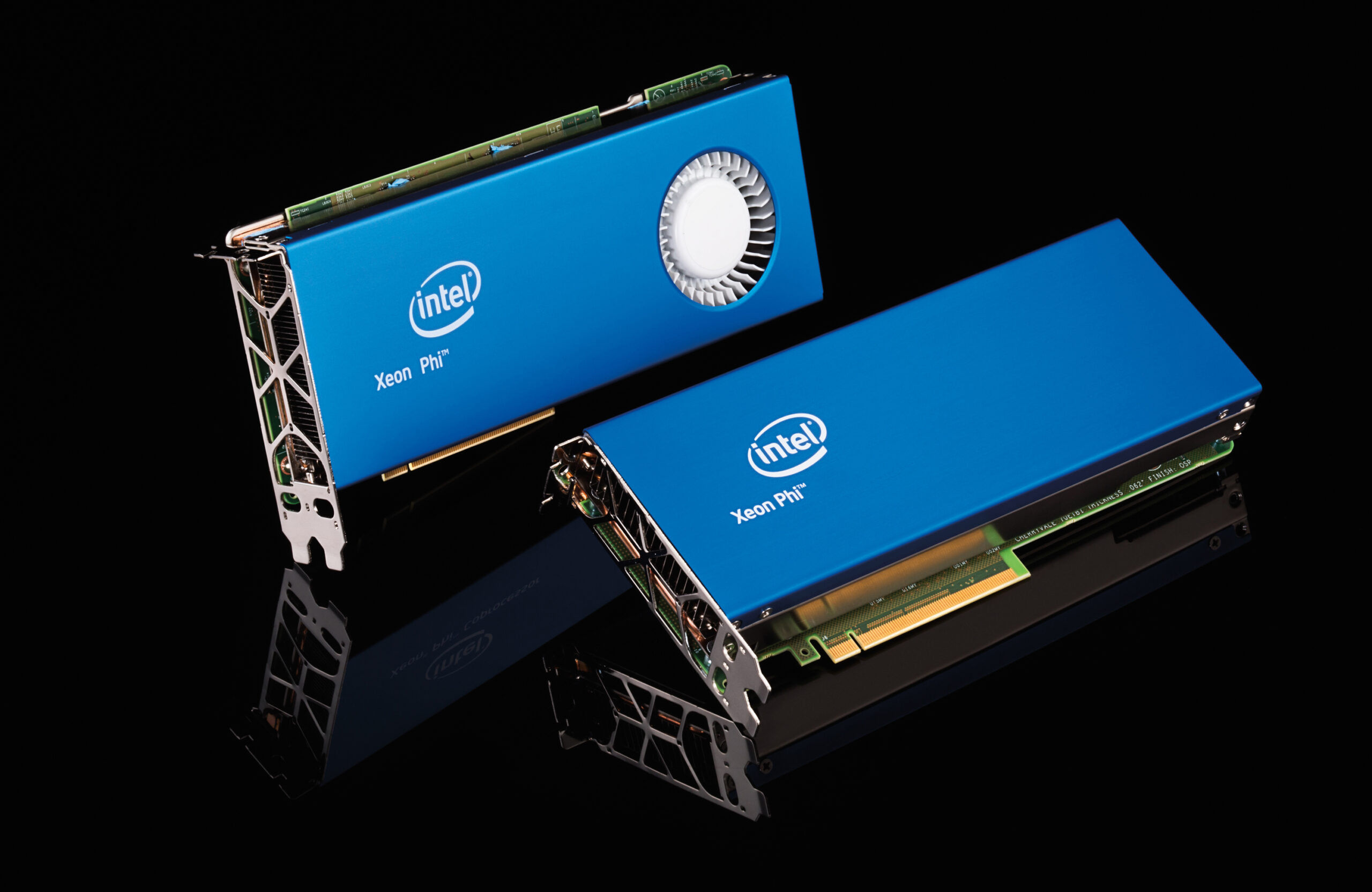An Intel Arc GPU shoots the top graphics card. Yes! It has some serious features. With the help of this graphics technology, you can crush the competition in optimized games like Metro Exodus and Borderlands 3.
This graphics technology offers specialized Xe-HPG architecture, hardware-assisted acceleration, and AI-based editing in video streaming, photo editing, etc.
To get more in-depth information about Intel Arc GPU, scroll down:
Xe-HPG Microarchitecture:
The Intel Arc GPU Xe-HPG microarchitecture is specially designed to deliver breakthrough performance and efficiency. It also offers great stability for gamers and developers.
XMX offers AI capabilities and advanced 3D acceleration using the latest Xe cores. This is optimized to deliver high-performance gaming and enhance your gaming experience across various platforms.
XMX Technology:
X-Cores are new fundamental computing building blocks. These cores implement Xe ISA. This also optimizes market segments and workloads for effective graphics and gaming.
The Xe GPU configures with 256-bit vector engines designed to accelerate traditional graphics and compute workloads. In addition, X-Matrix extensions have been developed to boost AI-driven workloads.
Xe HPG renders slices, which are the backbone of every GPU. You can easily scale up Arc offerings with the latest market requirements. It comprises a series of ray tracing units, such as dedicated rasterizers and geometry blocks. This technology also consists of a fundamental building block for Arc.
Each of the render slices consists of four cores and ray tracing units. It also consists of advanced processors needed to run modern CPUs.
Deep Link Technology:
One of Intel Arc’s most significant potential is its deep link technology. A deep link is AI-powered software that combines integrated and discrete GPUs to handle resource-intensive tasks smoothly. It guarantees to handle additional workloads with less hardware capacity.
Thanks to effective power sharing, the technology has enforced the function of dynamic power sharing. This allocates more power and thermal resources to the CPU when the GPU is idle.
Intel claims that CPUs can typically experience up to a 20% performance increase using Dynamic Power Sharing.
X-Super Sampling:
Intel XeSS technology takes your gaming to the next level. It uses AI-enhanced features to achieve better performance with high image fidelity. XeSS optimizes Intel Arc Graphics products. It has the potential to take advantage of XMX hardware acceleration.
It offers upscaling options ranging from maximum detail (Ultra Quality Mode) to full speed (Performance Mode). Typically, Intel’s AI-based technology unlocks incredible performance for high-octane gaming. Yes! With XeSS, you can play faster than ever.
Unleash your imagination with the help of a captive audience and rich digital content. This technology creates a state-of-the-art media engine enhanced by AI (artificial intelligence) and accelerated by Intel’s Deep Link technology.
Content creators can create compelling content powered by the first graphics card, supporting today’s leading media engine formats. You can keep up to date with the most advanced AV1 encoding features.
Performance:
Intel Arc 7 GPU offers modern functionalities. The Intel Arc top-tier A770 can mash up the competition in games running with modern graphics.
Typically, in current titles like Metro Exodus and Borderlands 3, Intel Arc graphics offer a performance uplift compared to the Nvidia GeForce RTX 3060 and AMD Radeon RX 6600, both at 1080p and 1440p.
Driver optimization is still a work in this process.
So AMD and NVIDIA take a clear edge in games like Cyberpunk 2077 and F1 2020 at 1080p.
See Also: How Intel vPro Ensures Management of Organizational IT Services
DirectX 11 Support:
An Intel Arc shines in modern games with DirectX 12 support. It also comes with Vulkan support, which acts as the main solution.
Many games still use DirectX 11, like Think indie games or AA projects (titles with tangible investment and resources, but not the vast blockbusters).
- Lower-level Hardware Access: One of the key features of DirectX 12 is its ability to provide developers with lower-level access to hardware resources. This means that game developers have more direct control over the GPU (Graphics Processing Unit) and CPU (Central Processing Unit), allowing them to optimize their code for better performance.
This low-level access reduces CPU overhead, which is beneficial for more efficient multi-threading and parallel processing.
- Multi-threading and Asynchronous Compute: DirectX 12 significantly enhances multi-threading support, enabling games to better utilize modern multi-core CPUs. It allows developers to distribute workloads across multiple CPU cores more efficiently, which can result in improved performance.
Additionally, DirectX 12 introduces support for asynchronous compute, allowing for better resource management and more efficient task scheduling. This feature can lead to smoother gameplay and improved frame rates.
- Explicit Multi-GPU Support: DirectX 12 includes native support for explicit multi-GPU configurations, such as NVIDIA’s SLI and AMD’s CrossFire technologies. This enables more efficient use of multiple graphics cards, providing a potential boost in rendering performance when using two or more GPUs. Developers can take advantage of this feature to deliver better scalability in their games.
- Low-level Memory Management: DirectX 12 offers developers more control over memory management, allowing them to allocate and manage memory resources more efficiently. This can lead to better memory utilization and reduced runtime overhead, which, in turn, contributes to improved performance and stability in games.
- Cross-platform Development: While DirectX is primarily associated with Windows gaming, DirectX 12 has paved the way for cross-platform development. Microsoft introduced DirectX 12 Ultimate, which aligns features across Windows PCs and Xbox consoles, enabling developers to create games and applications that can run on both platforms with minimal effort.
Ray-tracing Capabilities:
A new rendering technique produces more realistic visuals and light effects for improved immersion.
With the help of real-time ray tracing support, you can enjoy advanced graphics detail and realism in your games.
Deep Learning Super Sampling(DLSS) boosts performance by rendering frames at a lower resolution.
Now, NVIDIA can no longer claim the top spot in graphics technology.
Bottom Line:
Intel Arc GPU is a new player in the high-performance graphics market. The future of this graphics technology in the gaming industry looks promising.
With advanced features like hardware-based ray tracing, AI-enabled editing, XeSS supersampling, and Xe-HPG architecture, Arc technology gives serious competition to its NVIDIA and AMD counterparts.
Arc technology is a major competitor to NVIDIA and AMD due to its cutting-edge capabilities including hardware-based ray tracing, AI-enabled editing, XeSS supersampling, and Xe-HPG architecture.
See Also: 7 Features of Curved Gaming Monitor for Flawless Gameplay




